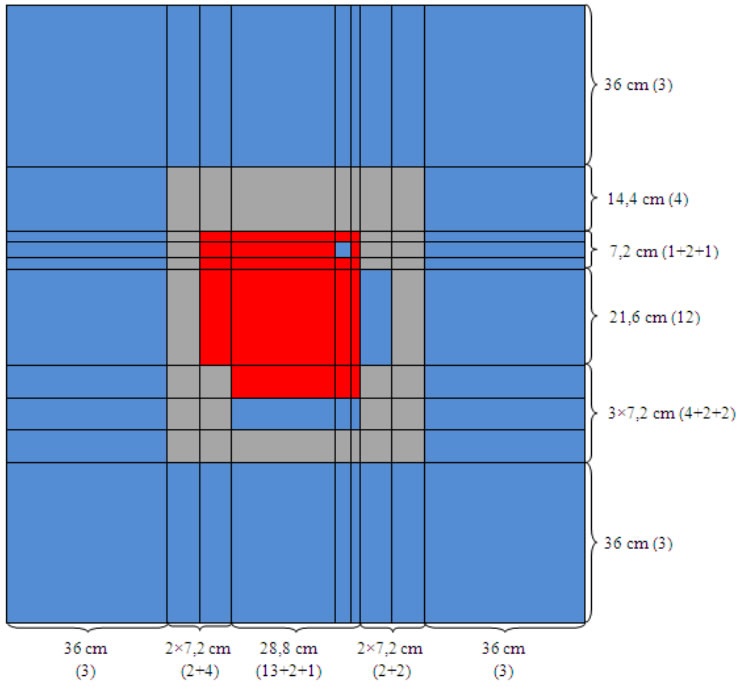The aim of the deterministic method and code development within our Institute is the simulation of steady-state and transient three-dimensional reactor physics phenomena by the application of a broad range of transport approximations and numerical techniques, as well as the realization of coupling between the developed reactor physics codes and thermal-hydraulic system codes. Our researchers have gained considerable experience within this field since the establishment of our Institute.

Given the widely acknowledged research work of Professor Dr. Zoltán Szatmáry, a reactor dynamincs code DIMITRI (Diffusion en Milieux Tridimensionels) applying few-group diffusion theory and finite difference spatial and time-discretization methods was developed within the NTI that is able to solve the static eigenvalue and adjoint equations and the time-dependent diffusion equation both with considering external neutron source as well. The DIMITRI code also simulates the effect of technological uncertainties applying stochastic perturbation theory.

Since 2014, we also carry out research in finite-element-based reactor physics methods and perform related code development. One of the results is the finite-element-based diffusion code DIREMO (Neutrondiffúziós Reaktormodellező Oktatóprogram - educational neutron diffusion code) developed within the Institute that - similarly to the DIMITRI code - is able to solve the few-group steady-state and time-dependent diffusion equations applying continuous Galerkin spatial discretization and the theta-method for time-discretization. The DIREMO code is coupled with the GMSH code that is applied for mesh generation and post-processing. The DIREMO code is modular, its preparation for thermal and mechanical simulations has also been started. Currently, we are working on the coupling between the DIREMO and APROS codes that would make the simulation of coupled reactor physics/thermal-hydraulics processes possible. This research field continuously attracts students, several related theses were and are being written.

The SPNDYN code developed in our Institute also applies finite element method, however, it is based on the so-called SPN theory. The code is currently able to solve the steady-state and time-dependent SP3 equations assuming third-order and full scattering anisotropy. Besides the application of the continuous Galerkin method, we also developed a hybrid finite element algorithm which was implemented as a module (CPL-SP3) into the reactor physics code system C-PORCA of the Paks Nuclear Power Plant. Its testing is currently in progress.

Main publications:
B. Babcsány, I. Pós, D.P. Kis, 2021. Hybrid finite-element-based numerical solution of the multi-group SP3 equations and its application on hexagonal reactor problems. Annals of Nuclear Energy, 155 (2021)
B. Babcsány, T. Bartók, D. P. Kis, 2020. Finite element solution of the time-dependent SP3 equations using an implicit integration scheme. Kerntechnik, 85 (2020) 4; 292-300.
B. Babcsány, T. Hajas, P. Mészáros, 2020. Finite-element-based diffusion modeling of transient reactor physics processes (in Hungarian). Nukleon, XIII. (2020) 233

